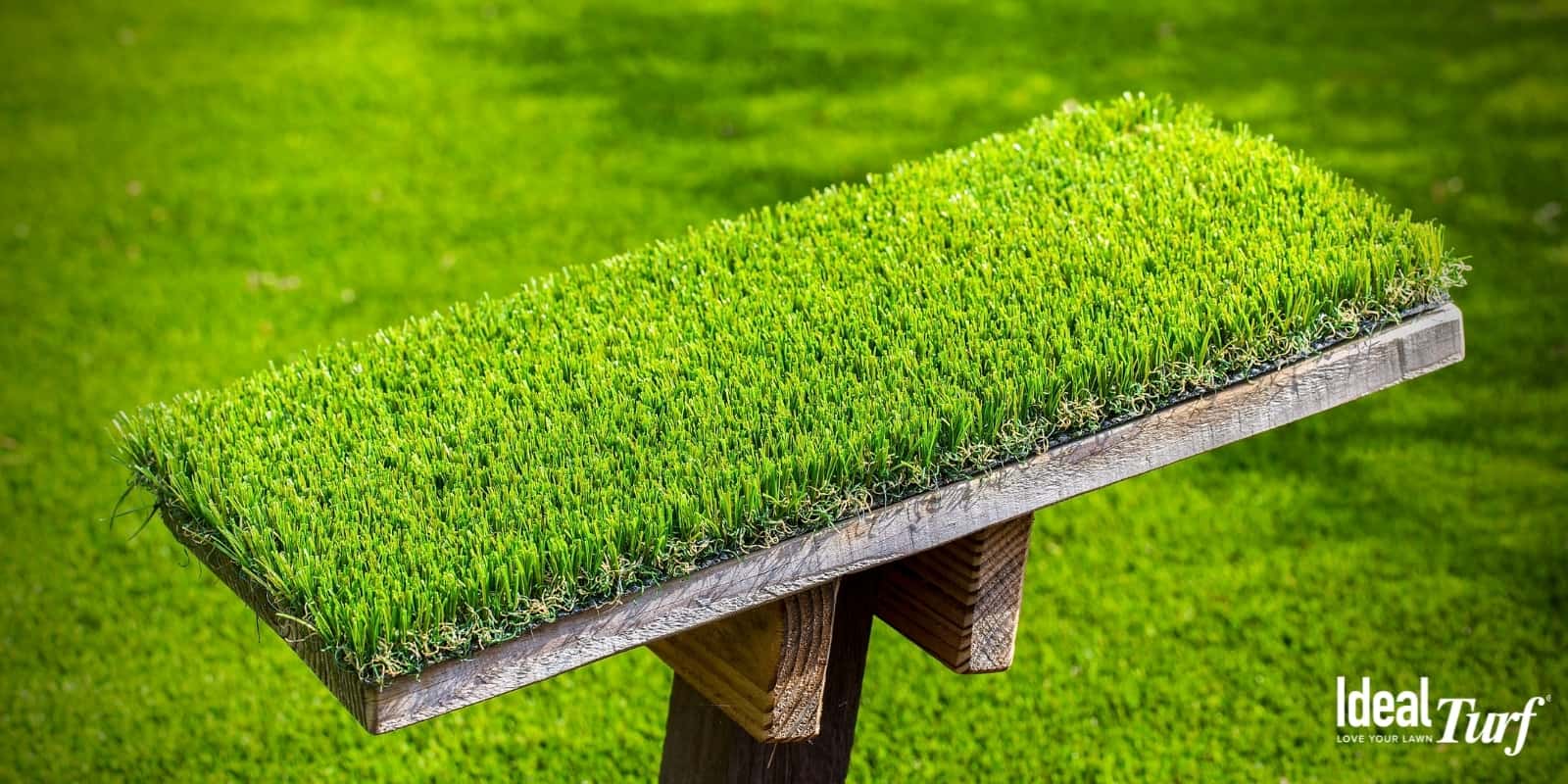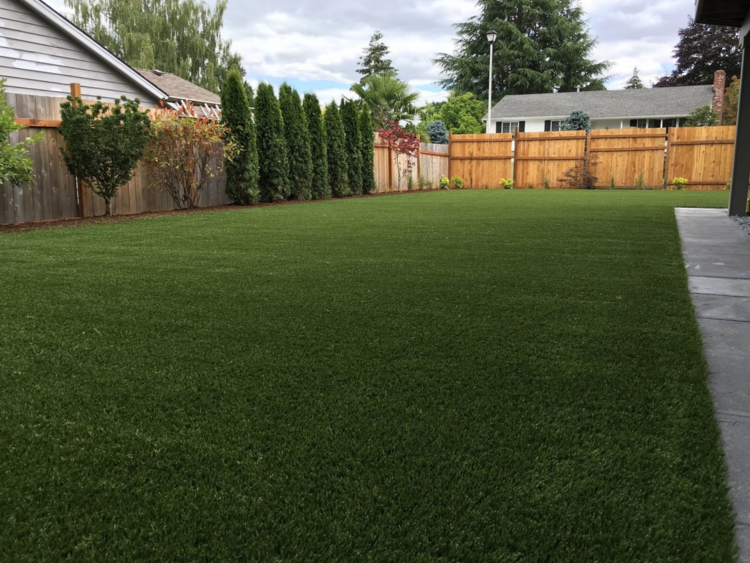Discover Reliable Artificial Turf Companies Phoenix for Your Landscaping Needs
Discover Reliable Artificial Turf Companies Phoenix for Your Landscaping Needs
Blog Article
Explore the Environmental Conveniences of Opting for Synthetic Grass Solutions
The adoption of artificial turf remedies presents an engaging opportunity to deal with pressing ecological difficulties. By substantially lowering water use and minimizing the application of harmful chemicals, these alternatives not just promote sustainable landscaping but additionally protect neighborhood communities. The reduced carbon footprint linked with decreased upkeep tasks adds to an extra sustainable approach to land monitoring. Nevertheless, the implications of these advantages extend past mere conservation efforts, questioning regarding their long-term effect on environment preservation and total environmental equilibrium. Exploring these dimensions reveals a complicated interplay worth taking into consideration.
Water Preservation Conveniences
Among one of the most significant advantages of synthetic turf is its capability to preserve water. Conventional lawn lawns need considerable watering, especially in areas vulnerable to drought or water constraints. On the other hand, synthetic grass does not need watering, dramatically lowering the general demand for water resources. This attribute is specifically advantageous in deserts where water shortage is a pushing problem.
By eliminating the need for regular watering, synthetic grass adds to sustainable landscape techniques and aids alleviate the ecological impact of excessive water usage. The preservation of water extends to the decrease of runoff, which can lead to soil disintegration and river air pollution.
In addition, the installment of man-made turf allows home owners and towns to allot water sources extra efficiently, concentrating on vital usages such as alcohol consumption water and agriculture. The shift towards synthetic grass not only promotes accountable water usage however additionally aligns with wider ecological goals targeted at preserving all-natural resources.
As areas increasingly prioritize sustainability, the water preservation advantages of synthetic grass present an engaging case for its adoption in household and industrial landscaping projects.
Lowered Chemical Use
The transition to synthetic grass considerably decreases the reliance on chemical therapies typically made use of in all-natural turf upkeep. Traditional turf monitoring generally involves the application of herbicides, pesticides, and plant foods to promote development and control bugs. These chemicals can position risks to human health and wellness, regional wildlife, and the atmosphere, adding to dirt and water contamination.
In contrast, artificial grass removes the need for these hazardous materials. By lessening the release of artificial substances right into the ecological community, man-made lawn promotes healthier dirt and water systems.
Additionally, the absence of chemical overflow connected with man-made turf setups assists safeguard local rivers from pollution, sustaining aquatic life and preserving biodiversity. Turf installation phoenix az. As neighborhoods progressively prioritize sustainable practices, going with man-made grass presents a viable service that aligns with ecological preservation goals. Via this change, homeowner can delight in rich environment-friendly spaces without jeopardizing ecological health and wellness, leading the way for an extra sustainable future
Lower Carbon Impact

Moreover, the installation of synthetic grass can lead to substantial water conservation. All-natural grass need significant quantities of water for watering, which not just adds to the carbon impact linked with water removal and treatment yet additionally strains local water resources. In comparison, man-made grass requires minimal maintenance, calling for no watering, thus significantly minimizing water usage and its associated power expenses.
Furthermore, the durability of synthetic grass contributes to its reduced carbon effect. With a lifespan of as much as 15 years or more, the demand for constant replacements is reduced, leading to much less waste and reduced power intake in production and getting rid of conventional lawn alternatives. Generally, fabricated turf offers a lasting alternative for ecologically mindful landscape design.
Environment Preservation
Environment conservation is a crucial factor to consider in the debate over landscape design selections, especially when comparing synthetic grass to all-natural yard. All-natural yard lawns often need extensive upkeep, including the use of fertilizers, herbicides, view website and pesticides, which can adversely affect regional environments. These chemicals can seep into the dirt and rivers, hurting indigenous flora and fauna and disrupting neighborhood environments.
On the other hand, synthetic turf offers a possibility to minimize the environmental footprint of landscape design. By choosing for synthetic yard, home owners can reduce the disruption of natural habitats related to standard yard treatment methods. Man-made turf gets rid of the requirement for harmful chemicals, thereby securing neighboring wildlife and keeping the stability of surrounding ecosystems. Additionally, the installment of artificial lawn can cause the conversion of former grass locations right into even more biodiverse landscapes, such as pollinator yards or indigenous plant areas, which can sustain neighborhood wildlife.
Ultimately, the shift to synthetic grass not just conserves water and lowers upkeep efforts but additionally fosters an extra harmonious relationship between human tasks and the natural setting, promoting habitat preservation in the process.
Long-Term Sustainability
Long-term sustainability is an essential consider reviewing the benefits of synthetic grass over standard lawn yards. Among the most substantial advantages of artificial lawn is its durability; it can last as much as 15-20 years with marginal maintenance, whereas all-natural turf requires constant reseeding and replacement. This durability reduces the need for consistent sources, such as water, plant foods, and pesticides, which are important for keeping a healthy and balanced grass yard.
In addition, synthetic grass contributes to a reduction in carbon emissions linked with yard care tools. Traditional yards often call for gas-powered lawn mowers, trimmers, and blowers, all of which add to air contamination. Phoenix turf companies. On the other hand, synthetic grass gets rid of the need for such tools, advertising a cleaner environment
Additionally, the production of synthetic grass significantly utilizes recycled materials, improving its sustainability profile. As makers embrace eco-friendly techniques, the ecological footprint of synthetic grass remains to decrease.

Conclusion
The fostering of synthetic turf remedies offers substantial environmental advantages, consisting of considerable water conservation, minimized reliance on dangerous chemicals, and a lower carbon impact. In addition, artificial grass help in maintaining article source all-natural environments by reducing land disruption and advertising lasting sustainability through using sturdy materials. Collectively, these variables underscore the potential of synthetic grass to contribute favorably to environmental wellness and provide a feasible option to traditional landscaping techniques in an increasingly resource-conscious world.
In comparison, fabricated turf does not need watering, dramatically minimizing the total need for water resources. By decreasing the launch of artificial compounds right into the community, fabricated grass advertises healthier soil and water systems.
Moreover, the setup of man-made lawn can result in considerable water conservation. In comparison, fabricated lawn requires minimal maintenance, needing no watering, consequently dramatically decreasing water usage useful source and its connected energy expenses.

Report this page